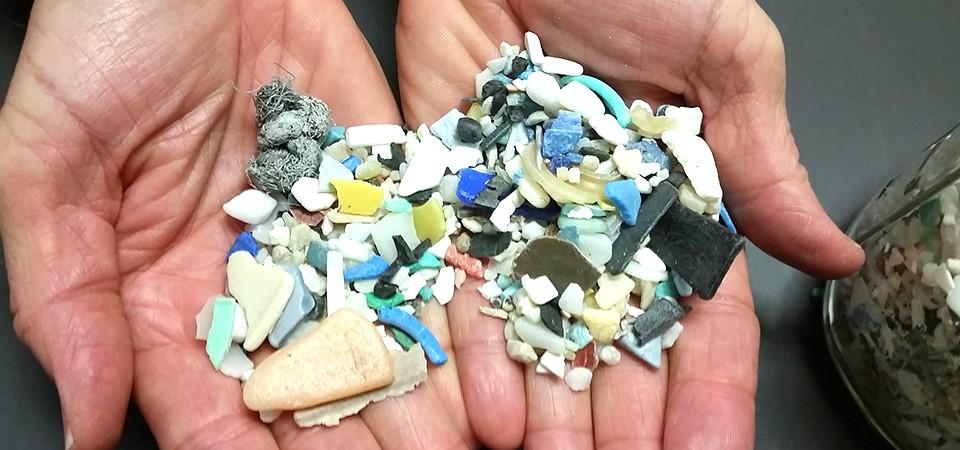
Plastic marine debris. (National Oceanic and Atmospheric Administration)
Did you know that the United States is the world’s biggest plastics polluter? Only 5 percent of U.S. plastics get recycled. Instead, a significant portion gets incinerated or ends up in landfills, and millions of tons of plastic end up in the oceans. California spends $500 million each year to remove plastic pollution from its waterways and beaches. Plastics not only pollute the oceans and kill sea life but also break down into microplastics that enter our food, pollute our air, and embed themselves in our blood, tissues, and organs.
Provisions of the Law
But after four years of hard work and negotiations to pass SB 54—first introduced by Senator Ben Allen of Santa Monica in the face of opposition by the plastics industry, some food container manufacturers, and some environmental organizations that believed the bill was not far-reaching enough—the California legislature passed it, and Governor Newsom signed it into law on June 30, putting California on the cutting edge of the fight to control plastics.
So how does SB 54 address this problem? By 2032, California must achieve a 65 percent recycling rate for plastic single-use packaging, a huge jump from the nation’s current rate of roughly 5 percent. Companies must replace much of their packaging and foodware with single-use items not made from plastic. The results will be that nearly 23 million tons of plastic waste will be reduced over the next ten years. The state will also be required to reduce expanded polystyrene (EPS), commonly used in food containers, by 25 percent by 2023.
And wait, there’s more! The law will establish a producer responsibility organization (PRO), composed of industry representatives, to run the recycling program overseen by the state. In addition, plastics companies must contribute $5 billion to a pollution mitigation fund in the next ten years. Sixty percent of this money will be used to benefit “disadvantaged or low-income communities or rural areas.”
Enforcement
But talk is cheap; how will their feet be held to the fire? The bill establishes strong enforcement and oversight and will remove companies from the PRO if they fall out of compliance. In addition, any entity that fails to comply with the new law could face fines of up to $50,000 a day.
This bill goes further than any other state bill in cutting plastics packaging at its source and continuing to build the circular economy necessary to fight climate change. What is a circular economy? The opposite of a linear economy, where items are produced, used, and discarded. In a circular economy, items are produced, used and reused, and remade or made into other items, reducing the need for virgin resources.
Compromises
The bill is not all peaches and cream. It’s the result of a compromise between the legislature, environmental organizations, and the plastics companies. A ballot initiative for a stronger bill has now been withdrawn. Although some environmental groups preferred the ballot measure, including its stronger language to phase out expanded polystyrene foam food service containers by a food vendor.
State lawmakers believed a legislative approach could avoid an expensive and drawn-out process of tightening some of the broader language included in the ballot measure. In a deal with the legislature, the three petitioners responsible for the ballot initiative agreed to withdraw it if the plastics bill passed by the June 30 deadline.
The Global War on Plastic
In New York, even more ambitious legislation has been proposed. And the United States is not the only country taking bold steps toward curtailing plastic pollution. Other nations have taken action in what some are calling a global “war on plastic.” In India, a much-anticipated plan to drive down plastic pollution began last week when the country officially banned nineteen single-use plastic items; as of July 1, products like plastic cups and straws are illegal to produce, import, or sell anywhere within the country. Canada announced a plastic ban on key items, as did Australia. The European Union implemented a policy last year banning a wide range of single-use plastic items, including straws, plates, and cutlery. China began phasing out single-use plastic bags in 2020.
—Kitty Kroger, Natural Resources Committee